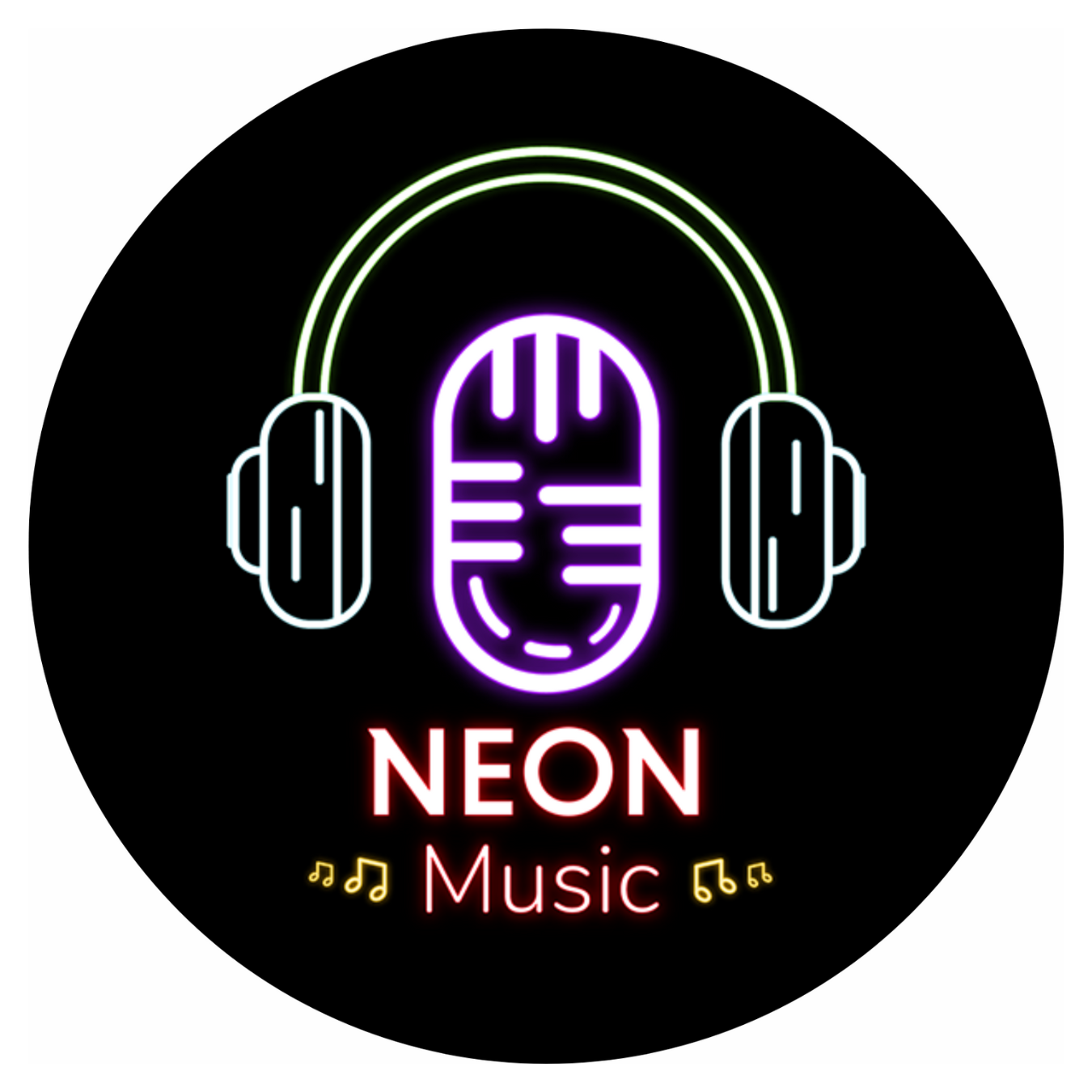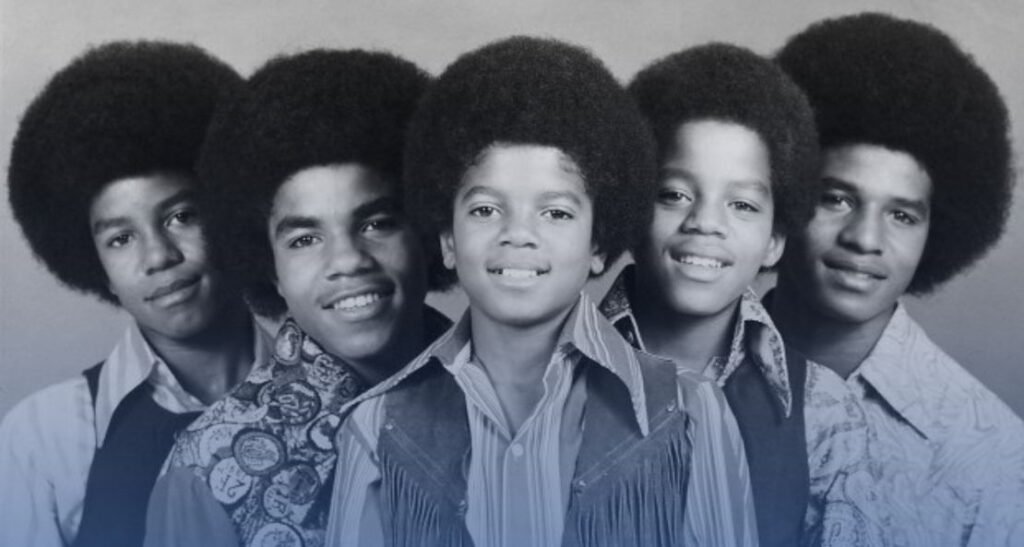The Jackson 5’s “I Want You Back” stands as the best pop record ever made, by such a wide margin that discussing alternatives barely seems worth the breath.
It’s three minutes of shimmering, sustained exhilaration, instantly recognisable from that opening ear-catching piano glissando, a moment so perfectly crafted it should be framed.
Like all great masterpieces, its pristine façade hides layers of struggle, dissonance, and a kind of haunting brilliance that speaks volumes about the American Dream and the price of youthful superstardom.
The Sound of Young America, Forged in a Double Garage
Before the Motown gloss, there was Gary, Indiana. Five siblings, part of nine, grew up in a house described as the size of a double garage.
The early days were not about glamorous tours; they were about hiding a forbidden passion.
Tito Jackson recalls that he and his siblings were not allowed to touch their father’s guitar when he was at work.
Of course, rules are made to be broken, and Tito did, only to be found out because he had broken a string.
That moment of scolding turned into opportunity: when his father said, “Show me what you know,” he was surprised that Tito could play. Soon, Tito, Jackie, and Jermaine were singing every Motown song they knew.
And then there was little Michael. When they heard him sing, their “tongues fell out of [their] mouths”.
That was the real start of the Jackson 5, completed when their “other little brother, Marlon” joined.
Their father, Joe Jackson, drilled them into a professional group, playing the tough chitlin’ circuit, clubs, and theatres. Marlon remembers winning every talent show they entered and going to school with plenty of dollars in his pocket, thrown onto the floor by appreciative audiences.
The path to Motown was not straight either. Initially, Berry Gordy was not interested. Why? He already had Little Stevie Wonder and did not want to deal with more kids.
It took the intervention of Bobby Taylor & the Vancouvers, after the J5 opened for them, to convince Gordy.
The boys were so committed that they had to cancel an appearance on The David Frost Show just to audition.
When they did, they stunned the label. Imagine performing your heroes’ songs while Marvin Gaye, the Temptations, and Diana Ross stood right there watching you.
Gordy, clearly impressed, walked over and promised them, “I’m gonna get you guys three No. 1s in a row”. (He actually got them four.)
What excited the boys most, however? Gordy’s mansion, which had a bowling alley and a golf course, it was like Disneyland.
It is easy to forget amidst the historical weight that they were just kids, often having pillow fights with Diana Ross, who was not much older than them.
Michael and Marlon were famous for being pranksters, pulling classic childhood stunts like putting itching powder on men’s bald spots or rigging a bucket of water over a door. Just for the record, though, they never threw televisions out of windows.
The Corporate Rewrite
The song itself was a product of Motown’s evolution. After the label relocated from Detroit to Los Angeles, there was a huge gap left by the departure of the powerhouse songwriting team Holland-Dozier-Holland.
Berry Gordy quickly assembled a new West Coast team, The Corporation, including himself, Freddie Perren, Fonce Mizell, and Deke Richards.
This collective name was used to keep the writers’ names off the record, ensuring their anonymity after the bad blood with HDH.
“I Want You Back” did not start that way. According to American Songwriter, it was originally titled “I Want To Be Free,” written for either Gladys Knight & The Pips or Diana Ross.
When Gordy heard it, he decided it needed a rewrite for the J5. Fashion it for a young singer, he said. Think Frankie Lymon.
So they reworked it, a young kid trying to get his girl back over a lively track. The brothers were highly competent instrumentalists, but they were not allowed to play on it.
Motown wanted a really tight sound, which meant top session musicians, Louis Shelton, David T. Walker, and the remarkable bassist, Wilton Felder.
The finished product is often described by critics as “bubblegum soul”.
When it was released in October 1969, the reaction was immediate. Marlon recalled a neighbour running over with a portable radio, yelling, “You’re on the radio!”
Tito remembers all five brothers gathered around a transistor radio, jumping up and down so much the neighbours came over to see what was happening.
Jermaine was driving his little Datsun, heard it, got so excited he had to pull over. He knew instantly it was a global smash.
The Happiest Lament Ever Written
The true magic of “I Want You Back” lies in its dizzying contradiction, the way its joyously upbeat music disguises a desperate lyric.
The Groove that Makes You Move
As music theorist Ethan Hein argues, the track is a structural marvel that some regard as one of the greatest pop recordings ever made.
His analysis highlights how the harmony pulls off a bright surface while moving in a subtly descending way.
The so-called happiest progression? It is actually moving down. Paradox baked into the DNA. It stays within A-flat major, with classically functional major-scale harmony that is relatively unusual in 1960s black pop, arguably part of Motown’s crossover strategy.
But the real heart is the groove. There is devastating sixteenth-note syncopation, accenting traditionally weak beats. The chords refuse to change predictably, pushing and pulling between strong and weak accents.
That second chord (Db) arrives a fraction early. Analysts generally place the tempo at about 99 BPM; on close listening you can hear a narrow, buoyant sixteenth-note swing that is hard to keep light without losing drive.
The arrangement is dazzling for the era. On headphones, sounds enter and exit across the stereo image. Bass sits in the centre, piano or guitar slightly left, a cymbal crash hits from the far right.
Strings sweep in from the far left. Guitar riffs answer from the right. Congas settle mid-left, the snare rustles to the right. Michael’s lead vocal is dead centre. His brothers’ backing vocals drift right. These placements reflect careful mixing choices you can verify by close listening.
And Wilton Felder’s bassline, listen to it, really listen. The opening bar places a nudge on the last sixteenth before the downbeat, an ear-grabbing surprise that should feel wrong, yet locks the whole band into lift-off.
The Innocent Delivery of Adult Heartbreak
The lyrics, penned by adults, tell the classic tale of a boy who took his girl for granted and now desperately wants her back.
Listen closely, and the words are soaked in regret: “Tryin’ to live without your love is one long sleepless night,” and “Every street you walk on I leave tear stains on the ground”. For the full text, see the “I Want You Back” lyrics on Genius.
The subversion is that Michael Jackson was only 10 or 11 years old when he recorded it.
As one critical read puts it, his performance can feel eerily adult and deadly serious while still sounding like a schoolyard crush because of his age (Heavy Blog Is Heavy).
His eternally optimistic yelping, those confident “Oh!”s and “Ha!”s in the final moments, reframes the desperate lyric into an ode to idyllic, childlike love.
To young Michael, getting his darling back is as simple as applying a plaster to a skinned knee, the magical shift from experience back to innocence.
The song’s lyric sheet even has a famous, strange line that keeps sparking debate: “Those pretty faces always made you stand out in a crowd”.
Does this mean she stood out for character rather than looks, or is it just a studio oddity? The argument rolls on, though it is hard to hear it as a straightforward compliment.
The Impossibility and the Aftermath
“I Want You Back” was a phenomenon. It was the Jackson 5’s Motown debut single, and it swiftly became the first of an unprecedented four consecutive No. 1 hits.
When it topped the Hot 100 on 31 January 1970, 11-year-old Michael Jackson became the youngest person to feature on a No. 1 hit on that tally (see Billboard’s chart history).
Its success was so massive it opened the door for subsequent family groups, like the Osmonds.
Released soon after the Civil Rights era, the record helped bring black and white and young and old together.
Motown’s slogan, “The Sound of Young America”, was not just marketing, it was a commercial and cultural gamble that paid off.
The song’s legacy keeps going. Sampled by Kris Kross, “Jump” (1992), Jay-Z, “Izzo (H.O.V.A.)” (2001), Lil’ Romeo, “My Baby” (2001).
Featured in the end credits of Guardians of the Galaxy in 2014, which helped send the soundtrack to No. 1. New generations keep finding it.
But, The Jackson 5’s arrival in Los Angeles and the song’s success also signalled the beginning of Motown’s fading lustre.
More poignantly, it is tied to Michael Jackson’s complicated future, everything that came after.
This record is the earliest ringing of what would become pop music’s most troublesome cash register, financed by Joe Jackson’s American Dream and his sons’ childhoods.
The record is mythically pristine and hopelessly debased. Corrupt ambition realised into flawless art.
Which makes the song’s genius all the more remarkable. Even knowing the heartbreak that followed, the music itself remains an impossible, breathlessly racing testament to childlike belief.
It transports listeners back to when love was as simple as holding hands on the playground.
Three minutes and it is over. You can acknowledge where it all went. Or you can just press play again.
You might also like:
-
“Mike Mitch’s i still lack patience. Turns Burnout Into a Bar-by-Bar Meditation”
-
“Amber Mark ‘Pretty Idea’ Review: Heartbreak on the Dancefloor”
-
“Taylor Swift “Wood” Review — The Most Provocative Track Yet”
-
“By The Water By The Walters – A Dive Into Nostalgia And Renewal”
-
“The Evolution of Music Genres: How Music Styles Changed Over Time”


